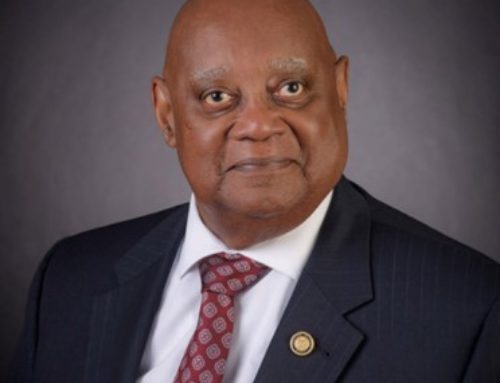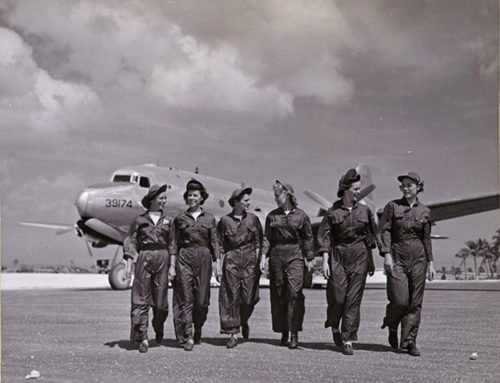On October 13, 2017, we will be celebrating the 242nd birthday of the United States Navy. Here at the museum, we will be hosting a food truck festival and Meet the Navy day in order to celebrate. However, what exactly happened on October 13th that makes it the Navy’s birthday?
On April 1775, the Revolutionary War began with the battles of Lexington and Concord. With these battles, a colonial uprising became a war that would last eight years. In the beginning, the war consisted mainly of land battles and by June of 1775, the Continental Army was created and lead by George Washington. Quickly, settlements on the coast began to fear for their safety. America was still a fledgling nation, with most settlements hugging the coastline. The colonies had been dependent on port cities such as Boston and New York to provide material goods coming from Britain. Once the war began, it became clear that Britain would use their Navy, the largest Navy in the world at the time, to their advantage. On June 12, 1775, the Rhode Island Navy was created with two vessels that fended off British Forces in Narraganset Bay. As the war raged on, it was apparent that two vessels were not nearly enough. During an 11-day period in October of 1775, Congress debated whether building its own Navy was worth the cost. Samuel Chase, a congressman from Maryland believed that such a venture would bankrupt the colonies. Edward Rutledge of South Carolina believed that “it would ruin the character, and corrupt the morals of all-out Seamen -[making] them selfish, piratical, mercenary, [and] bent wholly on plunder.” [1] Others such as John Adams argued that by establishing a Navy, they would be creating a system of maritime operations to protect the colonies during the war and after. On October 13, 1775, Congress voted to build two more vessels with 10 carriage guns and manned by crews of 80. The ships would be sent out on a three-month trip to intercept British vessels carrying supplies for its troops. This three-month deployment was the beginning of the Continental Navy that would become the U.S. Navy as we know it today.
Before the end of 1775, the Continental Navy had purchased six additional ships and ordered the construction of 12 frigates. There was a commander (Esek Hopkins)
, eighteen Naval officers, two Marine battalions, established service pay, prize money for captured enemy ships and an administrative body that would give guidance and direction. Four captains were also named – Dudley Saltonstall, Abraham Whipple, Nicholas Biddle, and John Burrows Hopkins. Their respective ships were the Alfred, Columbus, Andrew Doria, and Cabot.

Continental Ship Alfred (1775-1778) Painting in oils by W. Nowland Van Powell, depicting Lieutenant John Paul Jones raising the Grand Union flag as Alfred was placed in commission at Philadelphia, Pennsylvania, 3 December 1775. Commanded by Captain Dudley Saltonstall, Alfred was flagship of Commodore Esek Hopkins’ Continental Navy flotilla during the remainder of 1775 and the first four months of 1776. Courtesy of the U.S. Navy Art Collection, Washington, D.C. Donation of the Memphis Council, U.S. Navy League, 1776. U.S. Naval History and Heritage Command Photograph.
By February of 1776, the fleet was ready for sea and within two months, they returned home with a store of munitions taken at New Providence Island in the Bahamas and two captured British warships. While the British Navy was too formidable for the Continental Navy to contend with, Britain’s commercial vessels were a prime target. Slowing down incoming provisions would seriously hurt mounting land attacks. Ships patrolled trade routes in search of British vessels to capture as prizes. Many of the missions were conducted in the North Atlantic; many times, in French ports or British waters. It was in one of these commercial attacks that one of the more famous quotes of the Revolution was spoken. At the Battle of Flamborough Head (1779), Commander of the Bonhomme Richard, John Paul Jones found himself tangled up with the warship HMS Serapis. Jones found that his cannons were faulty, so his crew had to rely on a close-range battle that lasted into the night. When asked if he wanted to surrender, Jones is believed to have replied, “I have not yet begun to fight.”
The Bonhomme Richard won the battle despite the ship being completely battered. Jones was forced to abandon his ship and would sail into a Dutch Port on the captured HMS Serapis flying the American Flag. Jones competes for the moniker of “Father of the American Navy” with Commander John Berry. Raids such as these, along the English coast, brought the war home for British citizens. It was no longer a dispute in the colonies that would never affect them. These highly publicized actions would turn the tide of British support for the war. By 1781, the land conflicts were in America’s favor. The British citizens’ displeasure at the war due to the coastal attacks and the surrender of Cornwallis troops in Yorktown lead to the King George’s move toward peace.
Despite the efforts made by the Continental Navy, it did not reach the heights of greatness that Congress had hoped for. During the war, the Navy had sent out more than 50 armed vessels. They took 200 British vessels as prizes. It was also because of the Navy that France would join the war on America’s side. Until its official entrance into the war in 1778, France turned a blind eye to the Naval attacks on British vessels in its ports from American privateers and the Continental Navy. In some respects, the fears of Congressmen such as Edward Rutledge did come to pass. Hopkins and the Navy had to compete with privateers for supplies and men. Privateers offered sailors high wages and a greater share of captured goods. Privateers were private merchant ships that would receive a “license†to be armed and attack foreign vessels during the war. Unlike the ships of the Continental Navy, privateers could keep and sell the prizes they captured. By January 2, 1778, Congress was displeased with Hopkins’ meager efforts and dismissed him. He was the only Commander-in-Chief of the Continental Navy. Hopkins’ legacy with the Navy is ever present in the Gadsdsen Flag. Christopher Gadsden of South Carolina created Hopkins’ personal standard which flew over the first Navy fleet. The yellow flag bore a coiled snake and the patriot motto, “Don’t Tread on Me.”
During the American Revolution, the Continental Navy made only minimal advancements in the war. Despite this, the victories made created a symbol of national resolve to the rest of the world. A show of unity at home and abroad. It became the legacy on which today’s Navy was built upon. The Continental Navy was mainly comprised of citizen sailors, which is the basis for today’s Navy reserve. With the Treaty of Paris in 1783, the war was officially over and the Navy was disbanded. By 1794, piracy and the need for a stronger national defense lead to the construction of six new ships including USS Constitution (Old Ironsides). Concern over the management of these ships during battle lead to the creation of the Department of the Navy in 1798. While there are many dates that could be linked to the beginning of our Navy, October 13th was the beginning of the national resolve to protect our shores with a fleet that would one day become stronger than any other.
[1] http://www.navy.mil/submit/display.asp?story_id=49113







